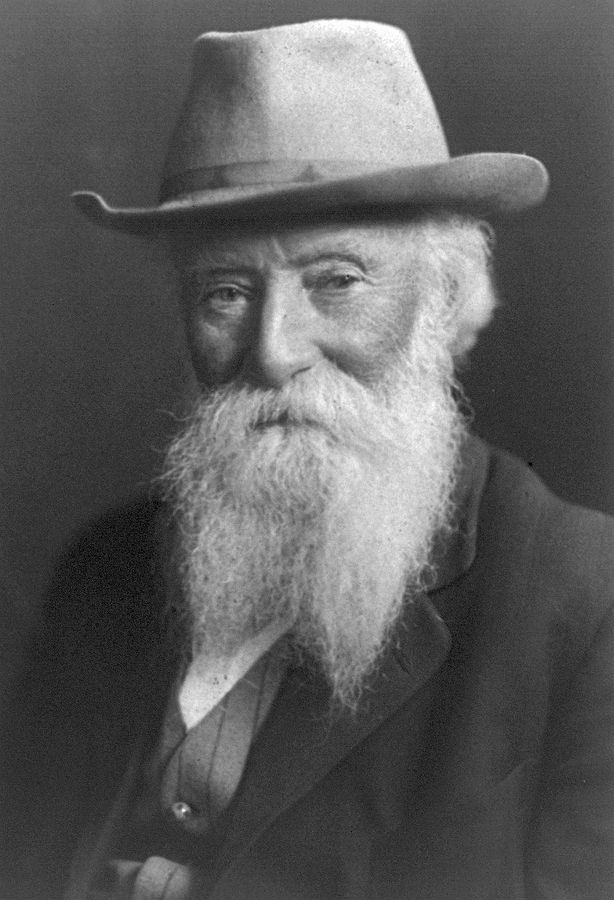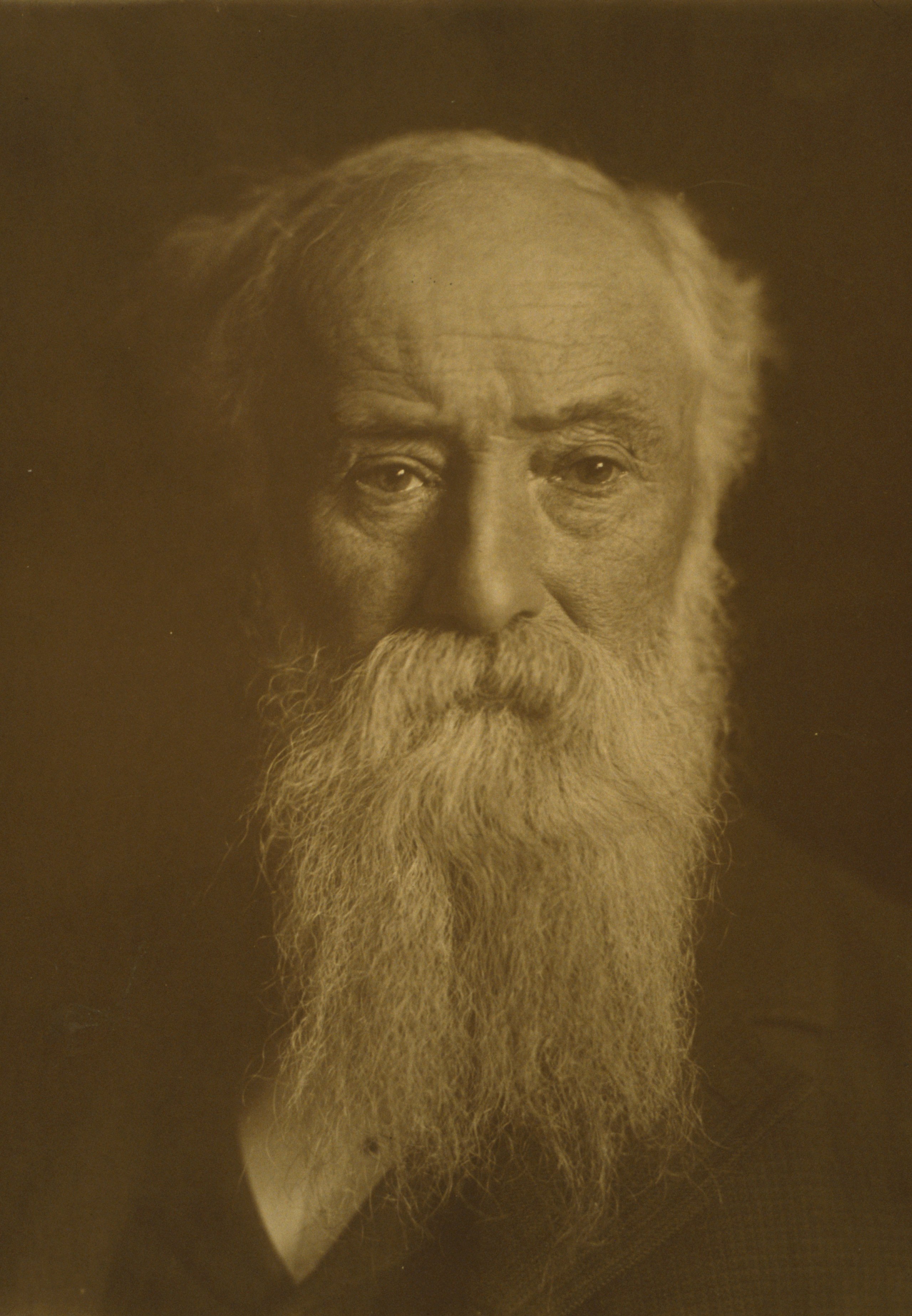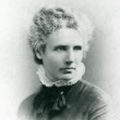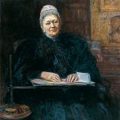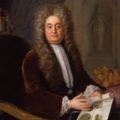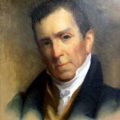John Burroughs
John o'Birds
Naturalist, poet, and philosopher John Burroughs (books by this author) was born on a dairy farm on this date in 1837. He was sent to the local school, where his desk was next to that of Erie Railroad Robber Baron Jay Gould (the son of a nearby neighbor). When Burroughs struggled in school, Gould would bail him out.
Called "John o' Birds" for his particular admiration for birds, Burroughs loved the natural world.
One of the four vagabonds (a reference to an annual camping group that included Harvey Firestone, Henry Ford, and Teddy Roosevelt), Burroughs drove a Ford, a yearly present from Henry Ford.
John Burroughs wrote about what he knew and loved best: the land around his homes in the Catskills of upstate New York. The area included a stream called "The Pepacton" - today, it is known as the "East Branch of the Delaware River."
Burroughs was great friends with Walt Whitman (Books by this author), whom he loved dearly. Of Whitman, Burroughs reflected:
“[Meeting] Walt was the most important event of my life. I expanded under his influence, because of his fine liberality and humanity on all subjects.”
Here's a fun fact:
Whitman gave Burroughs some marketing advice in his first book, Wake Robin. Burroughs recalled
"It is difficult to hit upon suitable titles for books. I went to Walt with Wake-Robin and several other names written on paper. '"What does wake-robin mean?” he asked "It's a spring flower,' I replied. "Then that is exactly the name you want."
Wake-robin is the common name for trillium. Trilliums are in the Lily Family and carpet the forest floor in springtime. They have a single large, white, long-lasting flower that turns pink as it matures. During Burroughs's time, The Tennessean and other newspapers advertised English Wake-Robin Pills as The best Liver and Cathartic Pills in use. The price is 25 cents per box.
Here's the beginning of "Wake-Robin by John Burroughs."
“Spring in our northern climate may fairly be said to extend from the middle of March to the middle of June… It is this period that marks the return of the birds…. Each stage of the advancing season gives prominence to certain species, as to certain flowers. The dandelion tells me when to look for the swallow, the dog-tooth violet when to expect the wood thrush, and when I have found the wake-robin in bloom I know the season is fairly inaugurated. With me this flower is associated, not merely with the awakening of Robin, for he has been awake some weeks, but with the universal awakening and rehabilitation of Nature."
The 100th anniversary of Burrough's birthday celebration was held at Hartwick College. The college furnished music, a cappella choir who sang Burrough's favorite song, "Lullaby" by Brahms. Supreme Court Justice Abraham Kellogg presented this tribute:
"When the trees begin to leaf and the birds are here, the arbutus, laurel and wild flowers are blooming and nature is clothing herself with beauty and grandeur, turn ye to your library and in a restful attitude read 'Pepacton' and you will acquaint yourself as never before with John Burroughs, the scientist, the naturalist, the poet and the philosopher.”
Burroughs died at the age of 84 years - fourteen more than the biblical allotment of man. He was returning to the Catskills after undergoing abdominal surgery in California. Burroughs just wanted to see home one more time. Burroughs' nurse and biographer were with him as he made the trip by train. After a restless attempt at sleeping, he asked: "How near home are we?" Told the train was crossing Ohio, Burroughs slumped back and passed away.
This post was featured onThe Daily Gardener podcast:
helping gardeners find their roots,
one story at a time
